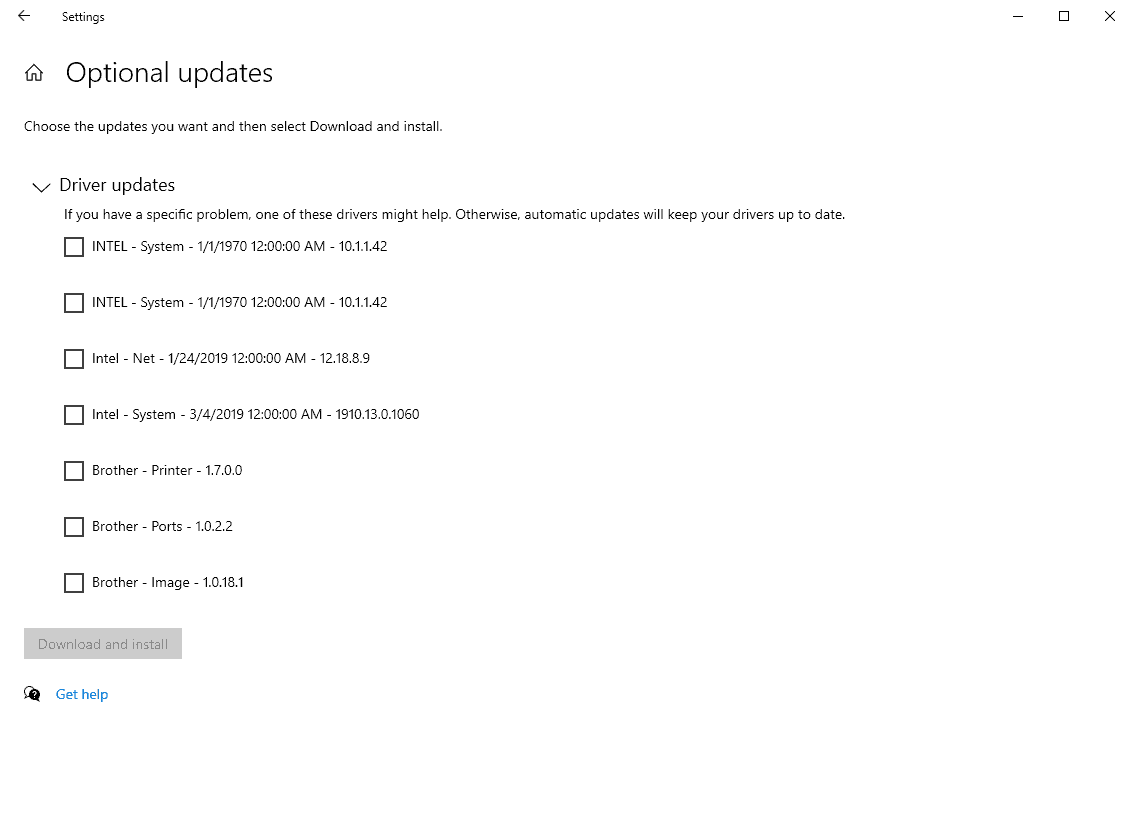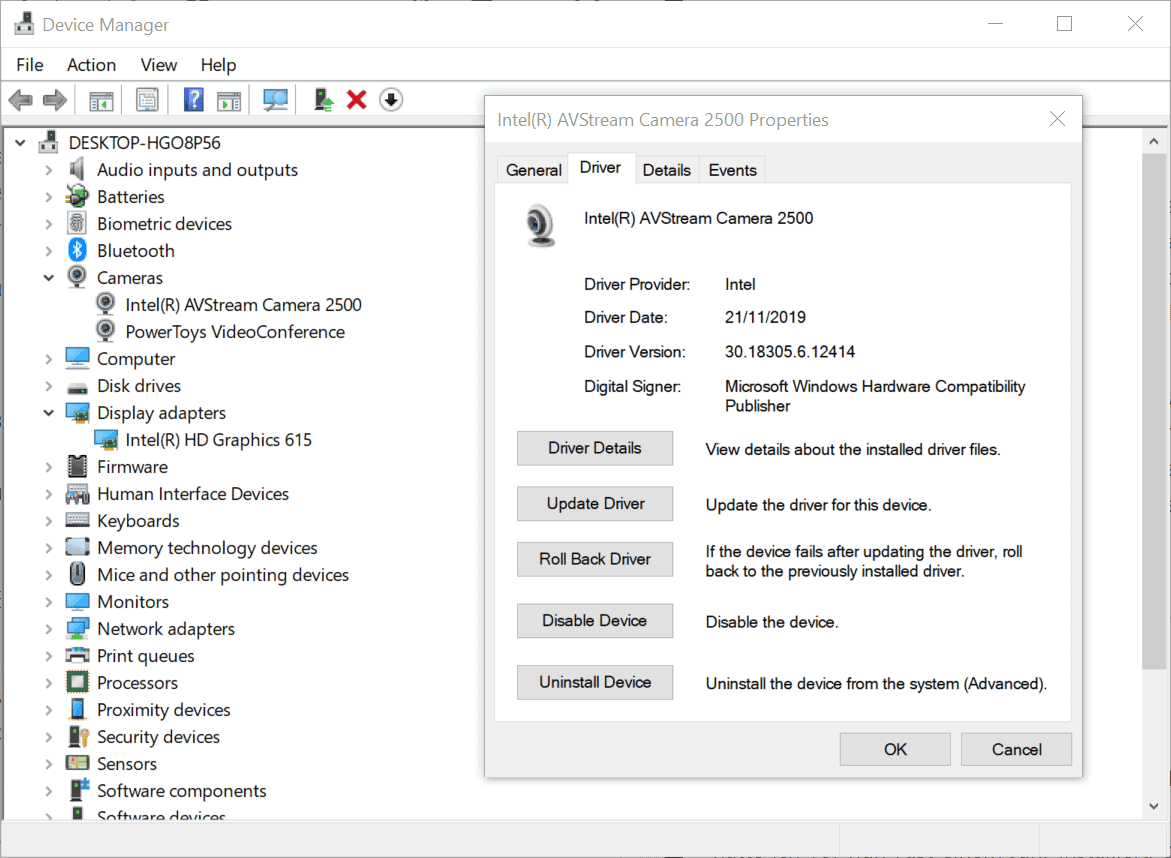Microsoft moved driver updates in Windows 10 from the Device Manager to the Optional Updates section of the Windows Updates settings application this year after the company announced the change in 2019.
Windows 10 administrators who check these optional updates may see one or multiple drivers offered on the device there.
Some administrators may find the listing irritating; should these updates be installed if they are offered, or avoided?

Another question that may come to mind is why some updates are displayed with a release date that dates back to 1970, and why some updates lack date information altogether.
The answer is relatively simple, and Microsoft provides a short explanation on the page:
If you have a specific problem, one of these drivers might help. Otherwise, automatic drivers will keep your drivers up to date.
The optional drivers should not be installed on devices that don't have any issues or problems that may be associated with the devices that the listed drivers power, e.g. Wi-Fi connectivity or the printer. They are to be ignored if everything works as expected.
If problems or issues are encountered, then it is possible that these drivers may resolve these issues as they provide an alternative to the drivers that are used on the device currently.
Windows 10: roll back a driver

Windows administrators may uninstall the alternative drivers again after they have been installed, e.g. by using the Device Manager's driver rollback feature:
- Use Windows-X to display the admin menu and select Device Manager.
- Locate the component, right-click on it and select Properties from the menu.
- Switch to the Driver tab.
- Use the Roll Back Driver button to start the process.
Older or default drivers
The drivers offered under optional updates are usually older or default drivers, and that is one reason why some of them are backdated (as they might be installed otherwise, e.g. via Windows Updates or by the administrator).
Microsoft will push updated drivers to devices via Windows Updates if manufacturers release new driver versions that pass certification; this is an automatic process that happens behind the scenes. Drivers that are installed automatically via Windows Update are rolled out gradually.
Drivers in Optional updates provide an option if a device that is powered by one of the offered drivers is not working properly. Administrators could also hunt down a driver on the manufacturer's website instead. Older drivers, beta drivers, or new drivers may be offered there and they may resolve the issue as well.
Now You: Do you install drivers manually on your devices? (via Deskmodder)
Thank you for being a Ghacks reader. The post Should you install Windows 10's Optional Driver updates? appeared first on gHacks Technology News.
https://www.ghacks.net/wp-content/uploads/2020/09/windows-10-optional-driver-updates.png
from gHacks Technology News https://ift.tt/345Ojis


No comments:
Post a Comment